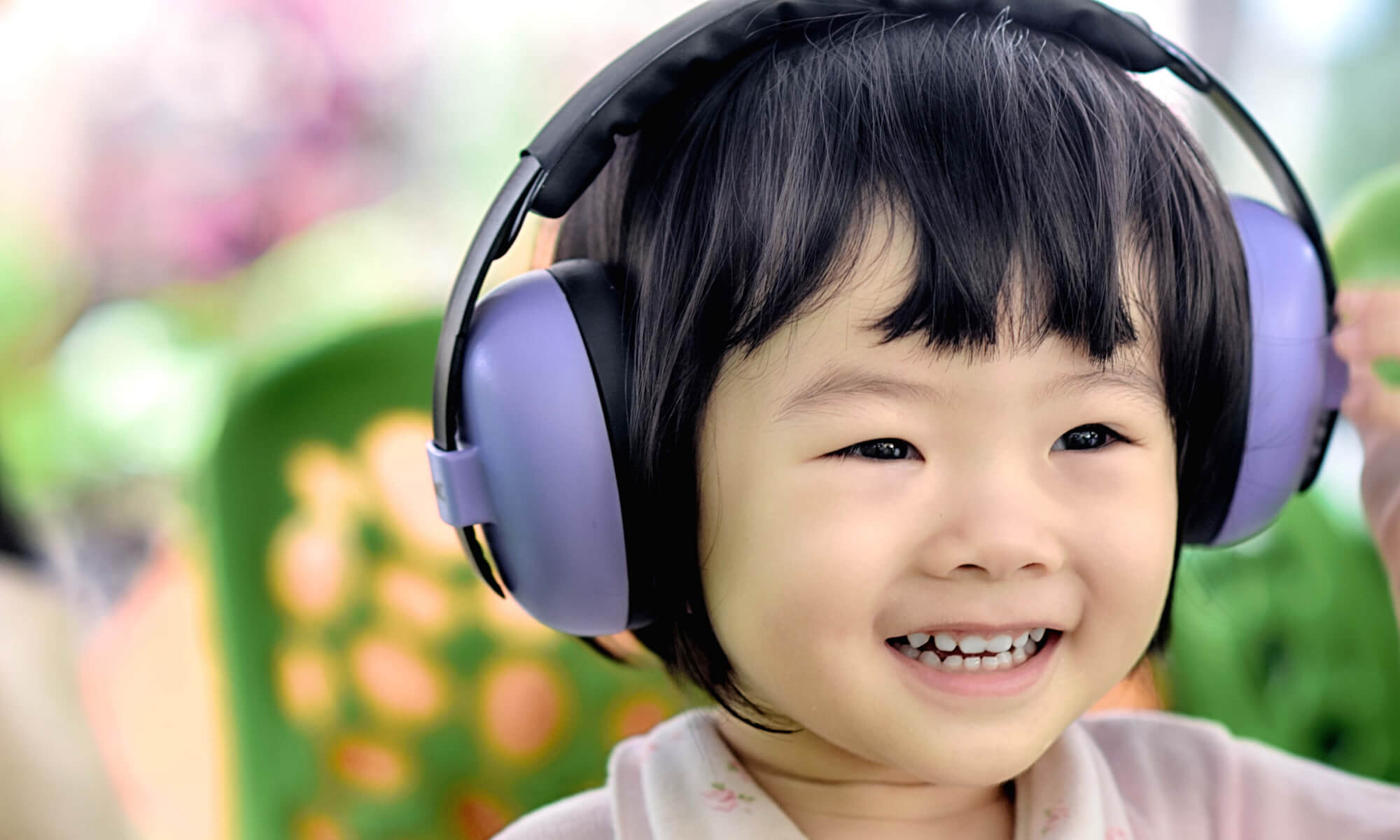How will I know if they are fitted correctly?
Make sure the child’s ear is enclosed inside the space in the ear cup and that the cushions seal fully against the head around the full perimeter if the child’s ear. Adjust the headband so that it sits comfortably over the top of the head.
What does NRR and SNR stand for and what do they mean?
NRR stands for Noise Reduction Rating, and SNR stands for Single Noise Ratio. Basically, these two ratings are used to give a measurement of the average decibel attenuation ( lowering of the noise level ) over a range of specified frequencies. They are calculated slightly different and because of this the SNR rating will come out higher than the NNR rating.
Will my child be able to hear anything with the ear muffs on?
Yes, your child will still be able to hear, this is important to their safety, however the dangerous levels of noise will be reduced. The less noise the child is exposed to, the less noise the ear muffs will let through. This also applies to ear plugs.
What if my newborn baby refuse to wear the ear muff?
Our Banz Infant earBanZ are designed for newborns and fitted with wide, foam-filled cushions that provide absolute comfort to your baby. Depending on individual baby, it might take some time for few babies to get used to it. A little distraction whilst putting the ear muff on your baby does help.
What options are there for a newborn baby?
Our Banz Infant earBanZ are rated for newborns through age 24 month and up (should your little one have a smaller head)! The perfect solution for tiny ears!
Are BabyBanz Infant & Baby earmuffs suitable for use with sleeping babies?
We recommend always supervising your child when using earmuffs for Babies. While the noise reducing properties of our products can help some babies and children fall asleep, particularly in louder situations, under no circumstances do we recommend leaving your baby or child unattended while they are wearing earmuffs.
What do the letters printed on the earmuffs refer to?
The letters printed on the side of the earmuffs refer to various international safety standards:
ANSI S3.19 – The American National Standards Institute is a private, nonprofit organization that oversees the development of voluntary consensus standards for products, services, processes, systems, and personnel in the United States. Equivalent Australian companies include SAI Global and Standards Australia. S3.19 is the standard introduced by the ANSI to regulate hearing protection devices. BanZ earBanZ meet these requirements.
EN352-1: 1993 – This is the European Standard for hearing protection and hearing protectors, as well as protective clothing and other safety measures. BanZ earBanZ also meet this standard.


